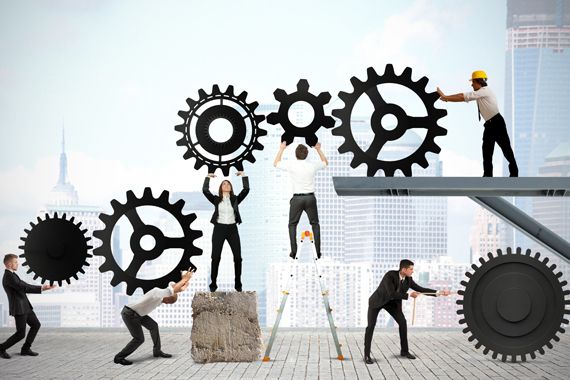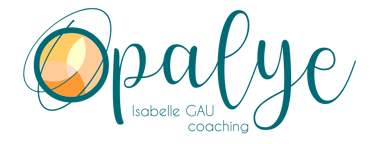Teal companies and the definition of roles
The Teal organizations, pioneers of tomorrow's companies (referring to "Reinventing Organizations" by Frédéric Laloux), invite us to a less rigid and more organic way of operating. Here, we will explore the definition of roles in the company.
9/19/20232 min read


How to transform the corporate culture to make the most out of organizations? This is what Frédéric Laloux explores in "Reinventing Organizations". Organizations known as "Teal" are presented as pioneers of tomorrow's businesses, inviting us to adopt a less rigid and more organic mode of operation.
In this article, I propose that we address the definition of roles in the company.
Common model: Roles are defined by job descriptions pre-established by HR and management. Finding the right level of detail for these job descriptions can be a puzzle: they can be too detailed, resulting in overly comprehensive and unrealistic descriptions, or too simplified, leading to generic and vague descriptions. The difficulty is mainly related to the constant evolution of the context, which could quickly render a well-detailed job description obsolete.
Teal model: Roles are adjusted based on situational intelligence, taking into account employees' skills and aspirations while considering the current operational needs. It's not about letting everyone do as they please but, on the contrary, establishing transparent mechanisms that allow the reassignment of tasks based on the context.
👉 How is the definition of roles in the Teal model beneficial for the company ?
Matching the right person to a given task leads to better results.
Everyone is valued in tasks that suit them and where they can leverage their skills.
The system is not fixed and can adapt to changing needs.
This system promotes learning through diverse needs, allowing individuals to strengthen their expertise or versatility when opportunities arise.
👉 What could prevent us from implementing this?
Lack of clarity about "who does what" could lead to a form of chaos.
Chronic instability.
A sense of insecurity related to this instability.
👉 How can these difficulties be overcome ?
Everything is done transparently following mechanisms defined by the company (who decides? how? how is it formalized? how is it communicated?).
Developing a shared vision is the foundation of the company stability; role evolution should be seen as an opportunity to adapt to a changing context. Depending on the type of activity, the formalization of these adaptations may be more or less necessary. Frédéric Laloux cites the example of the agri-food company Morning Star, which operates on this model with formal reevaluation once a year, where they discuss and formalize roles in Colleague Letters of Understanding (CLOUs).
Fears and discomforts arising from regular adjustments cannot be ignored. It is important to emphasize that these are not decisions imposed by hierarchy but opportunities offered based on situational intelligence (also see the article on decision-making). Individual training and support can help employees gain autonomy and turn these changes into opportunities for personal development and alignment with their aspirations.
The development of organizations is a journey. Everyone has their own path to bring their aspirations and ambitions to life.
And you? How do you envision your company for the future?


